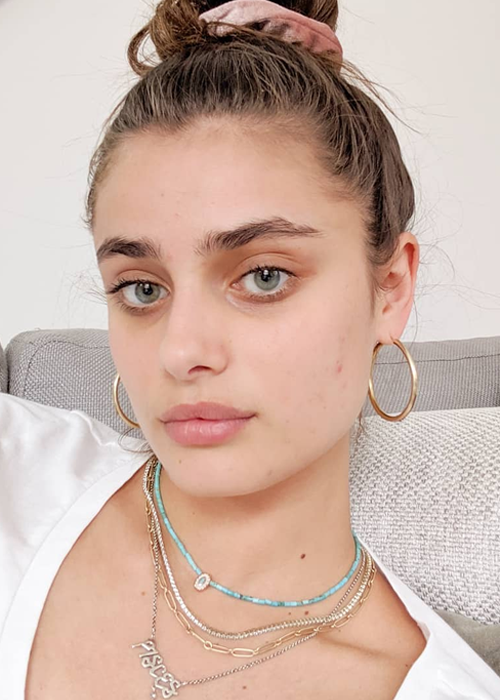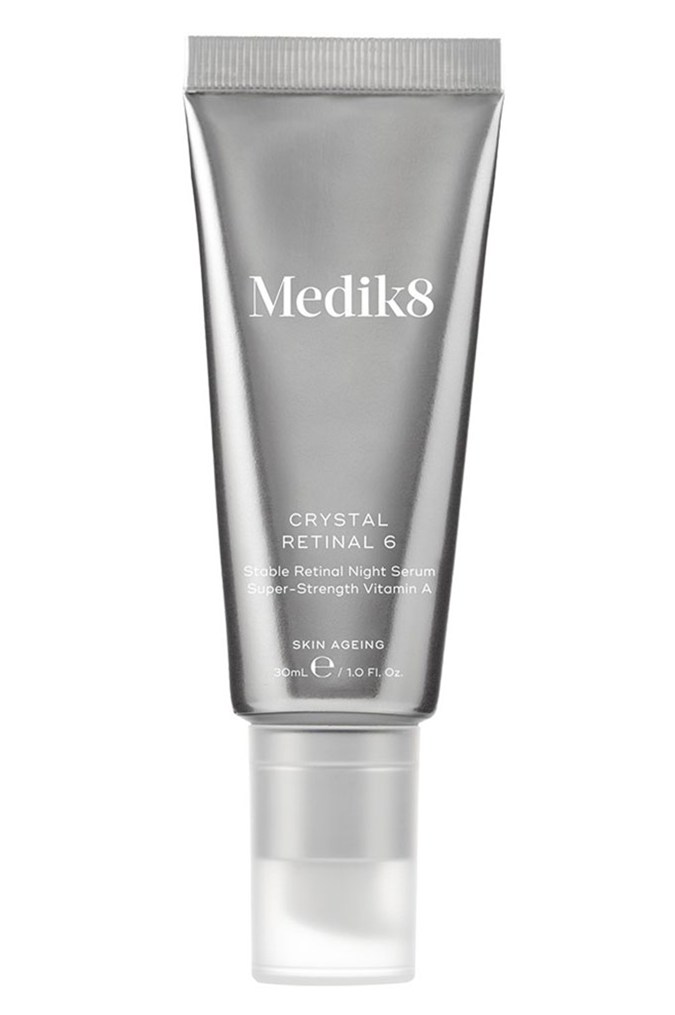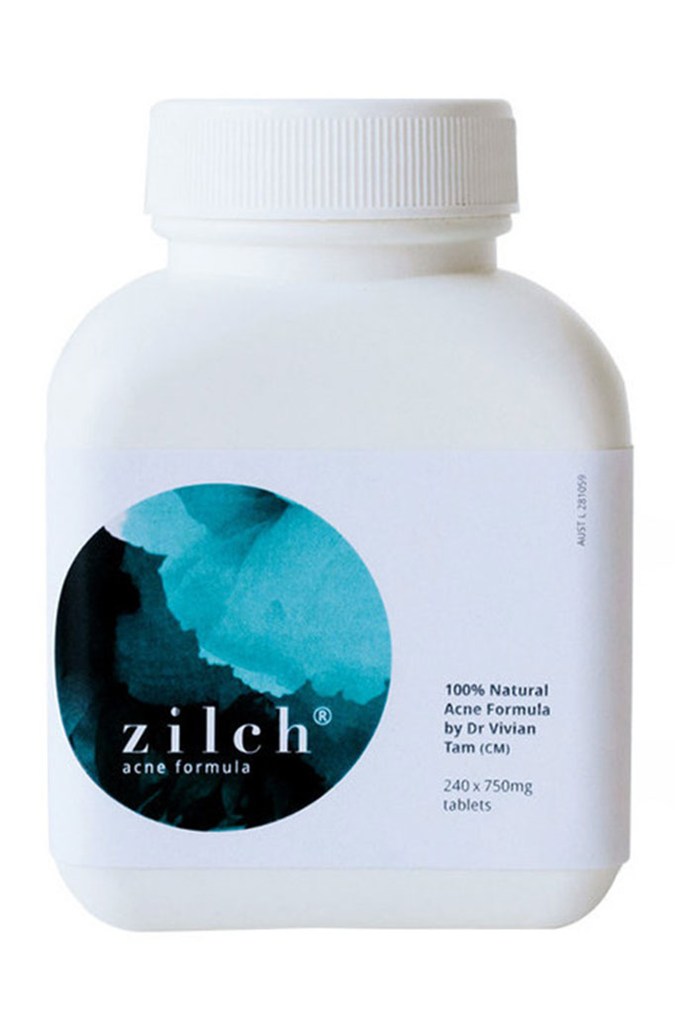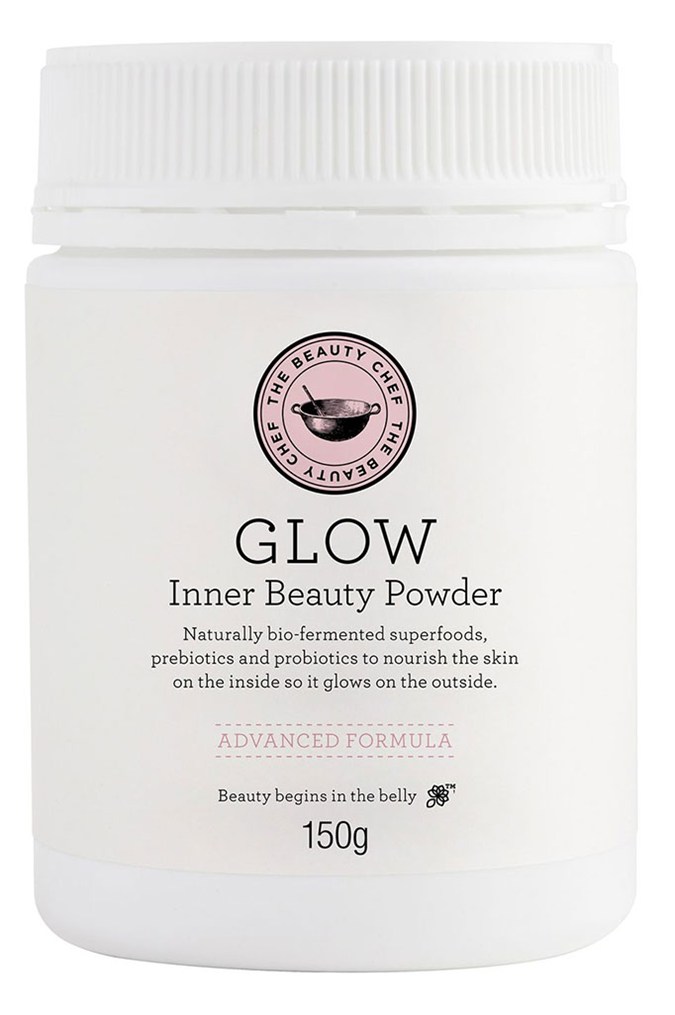How to get your hormonal acne under control

By Team BEAUTYcrew
May 22 2020

What it is, why you have it, and the top treatment options to try

By Team BEAUTYcrew
May 22 2020
Ah, acne - a friend to absolutely nobody, and a hassle to all. And while noticing a pesky pimple (whether solo or joined by other unwelcome friends) is unpleasant even on a good day, it can be particularly painful when paired with hormonal shifts (um, hello - aren't mood swings enough to deal with?!)
The thing is though, said hormonal shift may actually be the very reason behind your latest breakout. Yep, hormonal acne is all too real, and it's difficult to know what to do about it. Luckily, we've recruited the help of some stellar skin experts to guide you through what it is, why you're dealing with it, and how to keep it under control.
Here, BEAUTYcrew's guide to handling hormonal acne.
What is hormonal acne?
"Hormonal acne is a type of breakout that a person might experience where the cause is linked back to their hormones, whether [it occurs] before their menstrual cycle or during, [because of a] fluctuation in their hormones, through perimenopause and menopause, or hormonal abnormalities," explains Lucy Macdougald, Dermal Specialist for skincare brand Biologi.
What are the causes behind hormonal acne?
"The causes are related to the times when hormones are fluctuating and the link between changing hormonal levels and acne," Macdougald confirms. "The average menstrual cycle is 28 days, however each of these days is different hormonally."
"Estrogen is the predominant hormone in the first half of a woman’s menstrual cycle and progesterone is the main hormone in the second half. Then the small amounts of testosterone that a woman makes usually stay at a constant level throughout the month, but at times will become higher than the female hormones."
"These shifts in the hormone levels can stimulate the production of sebum and acne-causing bacteria which can cause skin inflammation. During these changes, women might experience breakouts that can last throughout their period. Another example is women who are [experiencing] perimenopause - they can also experience hormonal acne symptoms, due to the fact that estrogen tends to diminish as we age," she shares.
How do you tell if a breakout is hormonal?
"One of the tell-tale signs of hormonal acne is its location on the face," Macdougald explains.
"Hormonal acne usually occurs on the chin, mouth area and jawline. If you're experiencing inflamed spots, blackheads, white heads or even cystic acne in the lower area of your face, chances are it is hormonal. Hormonal acne also often reappears in the same spot due to oil production patterns, so if you’re noticing a bump continually reappearing in the same area, it could be hormonal," she shares.
"[On the other hand], regular breakouts can appear anywhere on the face, not always targeted to one specific area and less focussed in the chin and jawline."
Is there a cure for hormonal acne?
Hormonal breakouts have no foolproof miracle cure (tragic, we know), but by learning how to control your hormonal imbalances you may be able to prevent hormonal acne from reoccurring, or at the very least, reduce its severity.
How to treat hormonal acne
We know, we know: what you really want to know is how to get the breakouts under control. And thankfully, there are a number of approaches you can take - many of which you can mix and match to find the winning formula for you.
Strategy #1: Birth control
Oral contraceptives contain estrogen, which can help reduce sebum and androgen production. However, it’s worth noting that while birth control pills tend to keep hormonal breakouts at bay, once you go off the pill they may come back. Birth control can of course also affect factors other than skin, so speak to your health practitioner to find out what will best suit your individual needs.
Strategy #2: Acupuncture
If you’re after a natural treatment for your hormonal acne, acupuncture is a great choice. “Acupuncture has had great success in helping with hormonal acne in a number of ways,” says Dr Vivian Tam (TCM), registered doctor of Chinese medicine and acupuncture and founder of Zilch Acne Formula and Cosmetic Acupuncture Melbourne. “Firstly, we can use acupuncture to treat the whole body system and encourage it to heal by reducing inflammation and removing toxin build-up, but also by encouraging circulation and free-flowing energy to help with balancing hormones. Acupuncture can also be used in the face (this is called cosmetic acupuncture). Specifically targeting problem areas/breakouts, [it can work] to help reduce inflammation and redness, and encourage healing," she explains. After about five to six sessions your body should become rebalanced, so ongoing treatments are unlikely to be necessary.
Strategy #3: Topical treatments
While the causes aren't always able to be addressed topically, there are numerous skin care products you can use to help decrease visible signs of hormonal acne (such as at-home chemical peels). For example, one of the best products is a retinol treatment. “Retinoids are great at minimising the formation of blemishes," says Daniel Isaacs, Director of Research at Medik8. "Essentially they reduce the blockage of pores and prevent blackheads from forming, helping to promote a clearer complexion. Look out for retinaldehyde (present in Medik8 Crystal Retinal 6 and 10) as it’s the only directly antibacterial vitamin A, perfect for blemish-prone skin types.”
Strategy #4: Supplements
One breakthrough supplement that can help rebalance hormones, thus reducing the recurrence of hormonal acne, is Zilch Acne Formula. “Zilch helps with acne by reducing inflammation and toxins in the body, but also by increasing blood circulation to break up blockages and promote healing,” says Dr Tam. Just note that Zilch cannot be taken during pregnancy.
Another option is a probiotic supplement, which can help increase the good bacteria in your body and improve gut health - for more info, read a first-hand review of how The Beauty Chef Glow Inner Beauty Powder helped heal a stubborn case of hormonal acne.

Medik8 Crystal Retinal 6

Zilch Acne Formula

The Beauty Chef Glow Inner Beauty Powder
Strategy #5: A balanced diet
What goes into your body affects how your skin looks on the outside, so improving your diet can also help ease the appearance of hormonal acne. High-sugar diets can feed bacteria in the body, so cut down on sweet treats and processed foods to help your hormonal breakouts heal. Instead, fill your diet with leafy green veggies, nuts and salmon, which are all top foods for helping regulate your natural hormonal cycle.
Strategy #6: Laser therapy
If you’re struggling to see results from over-the-counter acne products and even dermatologist or doctor-prescribed medication, then Dr Michael K Molton, President of Cosmetic Physicians College of Australasia recommends trying laser treatments. “I have had patients, male and female, where no treatments have worked, including Roaccutane, a special drug for severe acne. I have treated those patients, provided they are off the medicines, with the Fraxel re:store laser, or similar non-ablative laser devices, with considerable success. Often just one or two treatments can do the trick. Some have not had further outbreaks, especially in the younger set.”
Riverdale star Lili Reinhart has long struggled with cystic acne - these are the products she says helped clear her skin.
Main image: @taylor_hill







